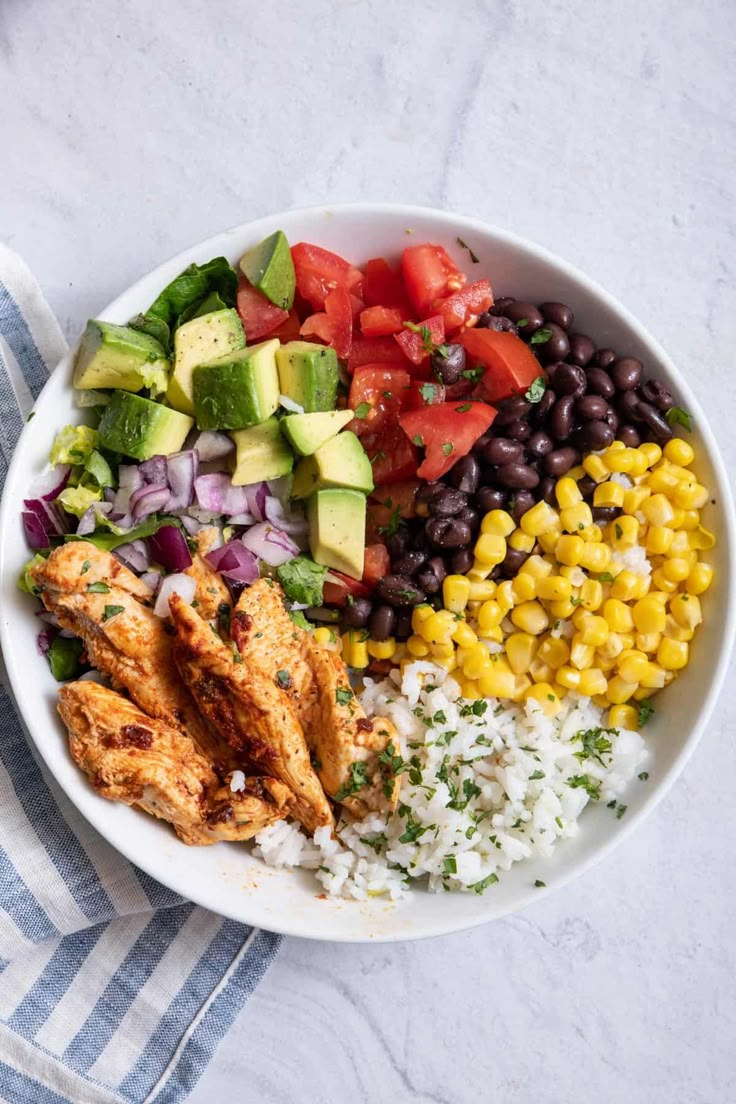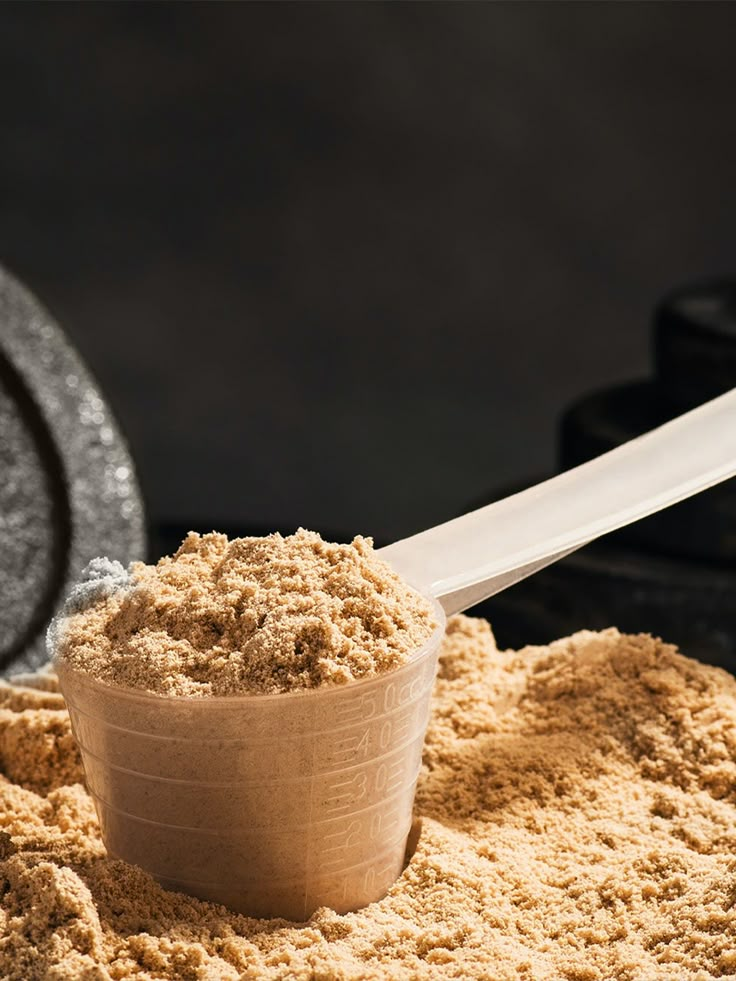What is a calorie deficit?
Calories are measure of the amount of energy in food. All of the
cells in your body require energy in order to work properly, just
like a car needs fuel. They get that energy from the foods that you
eat. Your body breaks down that food during digestion, releasing the
energy that it contains. Those food calories - now converted to
energy - power everything that you do: breathing,
thinking, walking, sleeping,
digesting, you name it.
But your body may not need to use all that energy right after you
eat. It stores those extra calories - mostly as fat but also as
carbohydrates - for later use. When you go to the gym, study hard
for a test, or find yourself involved in any other energy-demanding
activity, those stores provide the energy you need to power through.
If your activities burn fewer calories than you consume, those
stores of extra calories will grow, and you will gain weight. But
the opposite is also true: You will lose weight if you burn more
calories than you consume. That's because doing so creates a calorie
deficit. It forces your body to burn through the stores of fat that
you have built up. This leads to weight loss. In fact, you won't
lose weight without a calorie deficit.
What Should Your Calorie Deficit Be?
A good rule of thumb for healthy weight loss is a deficit of about
500 calories per day. That should put you on course to lose about 1
pound per week. This is based on a starting point of at least 1,200
to 1,500 calories a day for women and those assigned female at
birth, and 1,500 to 1,800 calories a day for men and those assigned
male at birth. It can be unhealthy to take in less than that per
day. Talk to your doctor about the minimum calories you need.
Keep in mind that you may not need a calorie deficit at all. You
only need it if you want to lose weight for health or other reasons.
Always talk to your doctor before you start a weight loss plan,
especially if you have health problems.
How to Reach a Calorie Deficit to Lose Weight?
Reaching a calorie deficit sounds simple: Eat fewer calories than
your body needs. But to do that, you must first find out what those
needs amount to: How many calories do you burn each day? Once you
have established that, you take that total number of calories and
subtract from it the number of calories necessary to achieve the
calorie deficit you desire.
An example: Let's say you find that you need roughly 2,000 calories
a day, and you want to lose about 1 pound per week. You could do
this by eating about 500 fewer calories every day. Your goal, then,
is to eat 1,500 calories daily. That creates a 500-calorie deficit.
There's another way. Instead of eating fewer calories on a daily
basis, you instead increase the amount of exercise you do so that
you burn 500 more calories every day. The result: You need 2,500
calories daily, but you keep consuming 2,000 calories. You have
created that same 500-calorie deficit.
You also can mix and match: Increase the amount of exercise you do
daily to burn, say, 200 more calories while cutting 300 calories
from your daily diet. Your calorie deficit: 500.
Other things that determine your calorie needs:
Your metabolic rate. This is how quickly or slowly
you burn calories at rest. It varies widely from person to person.
Some health conditions. Hypothyroidism, in which
your thyroid gland is underactive, slows metabolism. So does
Cushing's syndrome, a condition that's caused by having too much of
the hormone cortisol.
Remember, creating too much of a calorie deficit is a bad idea. It
can cause several side effects, including:
- Constipation
- Dehydration
- Fatigue
- Headaches
- Nausea
Diet Plan for a Calorie Deficit
There's no single best approach to cutting calories. In general, as
long as you cut the calories and maintain a minimum amount, you will
lose weight.
One proven method is to replace all sugar-sweetened beverages with
water, which has no calories. That means soda, sports drinks, energy
drinks, sweetened waters and iced teas, and other high-calorie
beverages. And don’t forget: Fruit juice contains abundant calories.
A 6-ounce serving has 60 to 120 calories.
Water not only keeps you hydrated. It may help you adapt to a
lower-calorie diet. And keep in mind: When you feel hungry, it may
actually be a sign you're thirsty, so reach for a glass of water
rather than a caloric snack.
The DASH and Mediterranean diets also show some success. These focus
on eating:
- Fresh fruits and vegetables
- Lean proteins
- Whole grains
- Nuts
- Seeds
These types of foods help you feel full longer, so you may be less
likely to snack between meals. Just be sure to count your calories.
Smaller portions can help, too, along with careful planning of your
meals.
A registered dietitian can help you figure out healthy ways to
manage your portions and lower your daily calories.
Other tips for maintaining a calorie deficit:
Curb your simple carbs.White bread, white rice,
regular pasta, and other low-fiber, high-carb foods won't help you
feel as full as high-fiber complex carbs like brown rice and other
whole grains as well as whole fruits and vegetables.
Go light at restaurants.Avoid large portions and
high-fat menu offerings. Start with a small salad or a light soup to
fill you up, so you don’t overdo it. Have fresh fruit or sorbet for
dessert.
Read food labels.Important info, like calorie
counts and sugar content, can help guide your choices. Take time to
compare. For example, some yogurts contain more sugar than others,
even if they have less fat.
Limit prepackaged meals.These often contain more
fat, sugar, and salt than you want. Cooking meals made from whole
foods puts you in greater control.
What are the best calorie-deficit breakfast options?
For your first meal of the day, focus on fiber and animal or plant
protein, which both promote fullness. That may help you avoid
snacking throughout the day. Here are a few examples:
- Plain Greek yogurt, with added berries, nuts, or seeds
-
A two- or three-egg or egg white omelet with mixed vegetables and
quarter-cup of feta cheese or shredded low fat-cheese
-
A smoothie heavy on the protein, with a half-cup of Greek yogurt
or a scoop of protein powder, a cup of frozen fruit, a cup of
leafy green veggies like spinach or kale, and low fat-milk or an
unsweetened milk alternative
Takeaways
Maintaining a calorie deficit will lead to weight loss. But don’t go
overboard. You will struggle to keep up with an oversized calorie
deficit, and you will put your health at risk. Instead, aim for a
reasonable deficit that allows you lose weight slowly but steadily.
Calorie Deficit FAQs
How do I calculate my calorie deficit?
It’s based on things like your age, sex, activity level, and more.
Try this calculator:
https://reference.medscape.com/calculator/846/mifflin-st-jeor-equation
Is 1,200 calories a day a deficit?
Any amount of calories less than what your body needs daily to
maintain your current weight is a deficit. So, if you normally eat
1,500 calories a day, for example, then 1,200 would be a deficit.
What calorie deficit do I need to lose 2 pounds a week?
You should eat about 1,000 fewer calories per day. That’s a safe
amount of calorie restriction, but a smaller calorie restriction,
such as 500 calories, may be easier to maintain over the long term.
How many calories should I eat a day to lose weight?
It depends on how many calories you eat every day to maintain your
current weight. For example, if you normally eat 2,500 calories
daily, then eating fewer calories will lead to weight loss. Reduce
your calories to 2,000 per day, and you should lose about a pound
each week.



